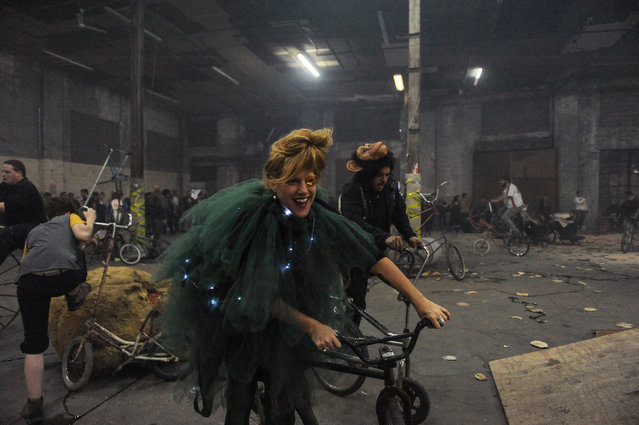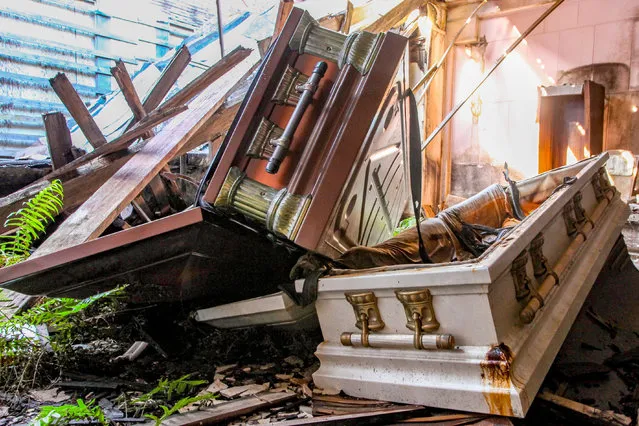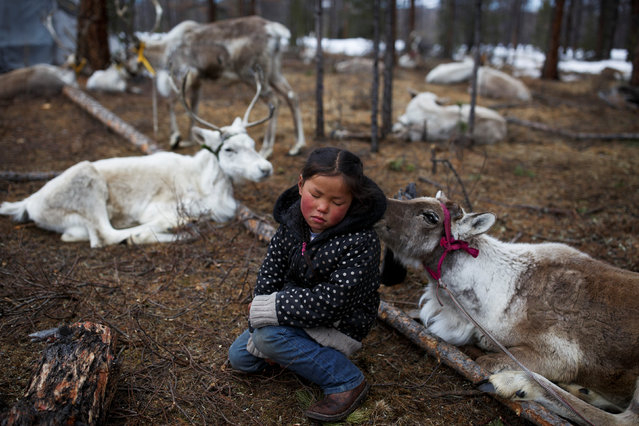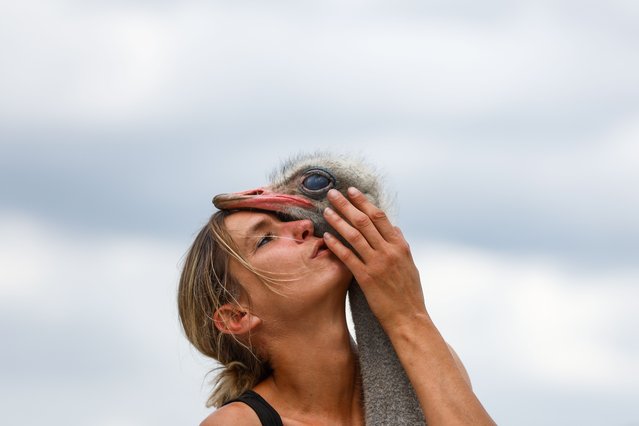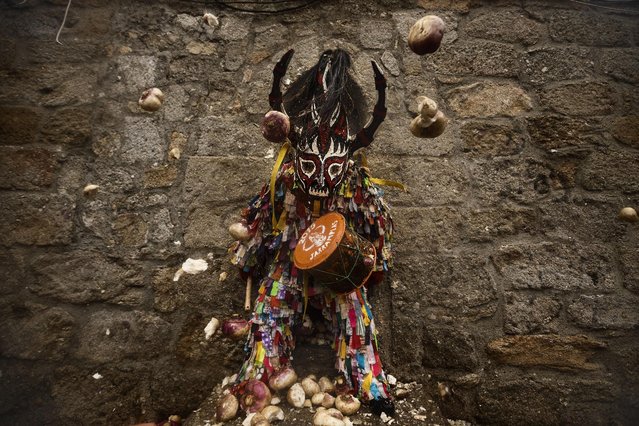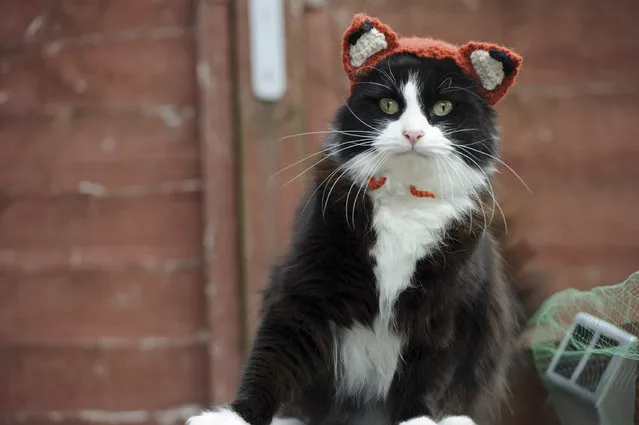
This photo provided by Running Press and Quarto, Inc. shows Feline Fox from the book, “Cats in Hats”, published by Running Press. The book released on March 24, 2015. (Photo by Liz Coleman/Running Press/Quarto, Inc. via AP Photo)
22 Apr 2015 09:24:00,post received
0 comments

